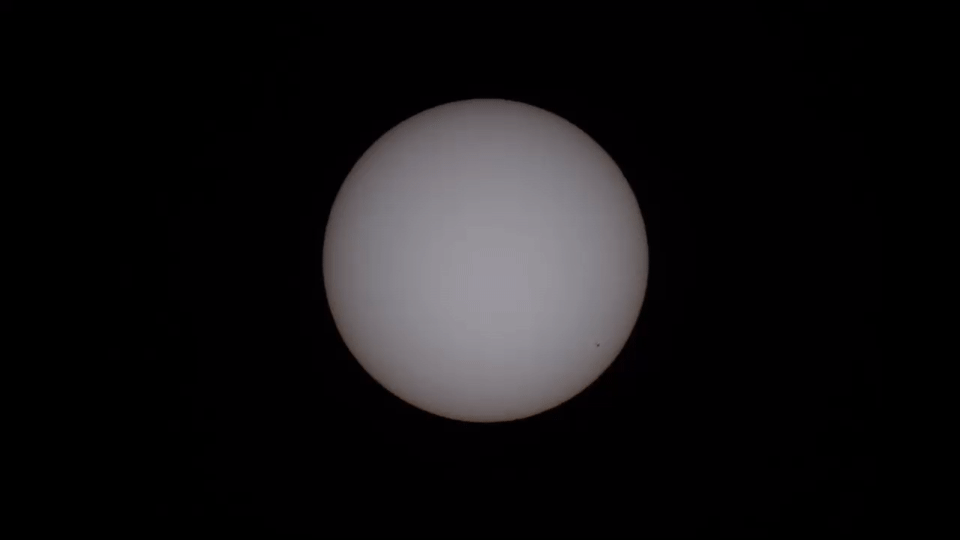news
Submitted on 2016-01-19The STCE Newsitem of 9 September 2015 discussed some peculiarities of polar faculae, the relatively bright points that sometimes can be seen near the solar poles. On the highly contrasted SDO/HMI image from 11 January 2016 underneath, two red arrows point out some of these polar faculae. There is a significant difference in outlook between these puny dots and the much brighter main zone faculae (dashed blue), as well as the much bigger and darker sunspots (green).
Submitted on 2016-01-12In several previous news items, solar flares are often tagged as impulsive or long duration events, meaning they last resp. only a few minutes or more than one hour. This news item will focus on the typical duration of a solar flare, thus providing a reference to appreciate the extreme duration of some solar flares.
Submitted on 2016-01-05The two strongest events that occurred during last week were two M-class flares. They were both born from active region (AR) NOAA 2473, which was also responsible for most of the M-class flaring the week before. This region was declining in sunspot area, but remained magnetically complex throughout its entire transit over the solar disk. So how do these two medium flares compare to each other?

Submitted on 2016-01-01
credits Mark Brennan, Belgium
Submitted on 2015-12-16
Last week was -once again- a nice example of a relatively inactive Sun. It was quite a surprize when CACTus detected a partial halo coronal mass ejection (CME) in SOHO's coronagraphic imagery on 07 December. Indeed, starting at 15:12UT, a CME having a width of about 210 degrees could be seen emanating from the Sun's east limb travelling at a plane-of-the-sky speed of about 650 km/s.
Submitted on 2015-12-02
On 02 December 2015, the Solar and Heliospheric Observatory (SOHO) will celebrate its 20th birthday. Since its launch in 1995, this versatile spacecraft has become an icon in solar and heliospheric research, and has provided space weather forecasters a solid base to build on.
Submitted on 2015-11-17
Solar filaments are clouds of charged particles ("plasma") above the solar surface squeezed between magnetic regions of opposite polarity. Being cooler and denser than the plasma underneath and their surroundings, they appear as dark lines when seen on the solar disk and as bright blobs when seen near the solar limb (then they are called "prominences"). Special filters are required to observe these features, and one such a filter is the Hydrogen-alpha (H-alpha) line in the red part of the solar spectrum.
Submitted on 2015-11-11Although we are already in the declining phase of this solar cycle, the Sun was rather busy on 04 November. Three rather large eruptive phenomena (M-class flares) were observed on that day.
Submitted on 2015-11-03
At last, another proton event in 2015! It is only the 4th event so far this year, the other three having occurred resp. on 18, 22 and 27 June (Note 1). With 23 pfu (Note 2), the greater than 10 MeV (Note 3) proton flux constituted only a minor radiation event (Note 4). The largest event this year took place on 22 June (1070 pfu), and the largest proton event so far this solar cycle was recorded on 8 March 2012 (6530 pfu, following an X5 flare from NOAA 1429 - Note 5).

Submitted on 2015-10-27
No, this news item is not going to make publicity for a social network!... Instead, it will simply take a closer look at some sunspot groups that at first sight seem to be clearly separated, but upon examination of their magnetic field configurations, are connected to each other after all.
Pages
Zircon - This is a contributing Drupal Theme
Design by
WeebPal.


















